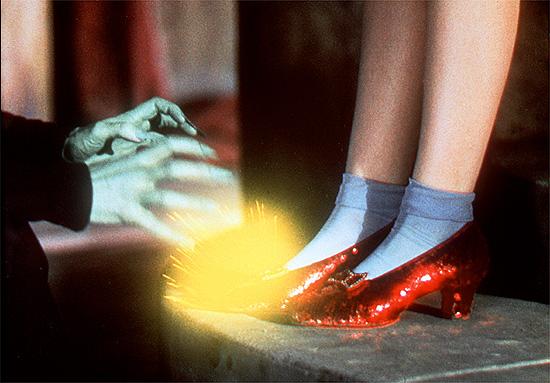
Mermaids have been seen off the coast of Israel. There have been so many recent sightings that the town of Kiryat Yam is offering a $1 million reward to the first person who produces a good photograph of one. The earliest encounter occurred when several people saw a woman lying in the sand. As they approached, she leaped into the water and disappeared, flashing her dolphin-like tail in the sunset.
Mermaids have held great fascination for many societies since at least 1000 BC, when the Assyrian goddess Atargatis fell in love with a mortal shepherd but accidentally killed him. (Tails are clumsy.) She jumped into a lake to drown herself but instead, her form changed to that of a human above the waist and a fish below. According to Greek legend, Alexander the Great's sister, Thassalonike, also turned into a mermaid when she died and patrolled the Aegean Sea, terrorizing sailors as she demanded to know if Alexander was still alive. If the unfortunate mortal responded with anything other than "He lives and still rules," she transformed herself into a Gorgon and destroyed the ship and everyone aboard. Mermaids appear in The Arabian Nights and in the folklore of many cultures, often as lethal seductresses luring men to their deaths in the deep.
In 1608, the English navigator Henry Hudson was skirting the polar ice off the arctic coast of Russia while attempting to find a northeast route to the spice markets of China. Near the coast of Nova Zembla, Hudson's entire crew saw a mermaid next to their ship, and his log entry of that June day described her in detail as having the back and breasts of a woman and the tail of a porpoise. Six years later, another English sea captain, John Smith, spotted a mermaid in the Caribbean, "swimming about with all possible grace." At first he thought it was a woman until she flipped over and he saw that below the waist she was a fish. She had long green hair which he remarked was not unattractive.
Christian missionaries in Africa were distressed when they discovered in 1700 that native Angolans were catching mermaids and eating them. The discovery raised a nagging theological question: Since mermaids are at least half-human, should acts of cannibalism against them be punishable by the Church? The desire to find an authentic mermaid extended into the "Age of Reason" and numerous European publications featured accounts of sightings and contact with them. In 1739, a Scottish magazine carried a report that the crew of the ship Halifax, short on rations in the East Indies, had captured and eaten several mermaids which moaned "with great sensibility." Undeterred and ravenous, they ate them anyway and later stated that the flesh tasted like veal. (Not chicken.)

In 1830, a woman in the Outer Hebrides saw the fish-like form of "a woman in miniature" turning somersaults a few feet away from her at the shoreline. The creature splashed away as people attempted to catch her, but a boy struck her in the back with a rock. Days later, the mermaid's dead body washed ashore. The dainty corpse attracted a large crowd. A careful examination was performed and documented by local officials. Everyone agreed that it was a mermaid and therefore partly human, so she was buried in a shroud and coffin.
I have always been enchanted with mermaids, and see no logical reason why they would not exist. Many of the creatures with which we share the earth are unusual by human standards, but no less real than we are. If one believes that there is life in other galaxies, it seems perfectly reasonable that they would not necessarily follow the form we consider human. It is also true that we have not explored every inch of our own planet, especially the fathomless oceans, and we can only assume that there are still unresolved mysteries which will continue to enthrall us for as long as our own species endures.
 My father was the keeper of the Eddystone Light,
My father was the keeper of the Eddystone Light,
He slept with a mermaid one fine night
From this union there came three
A porpoise and a porgy and the other was me.
Yo ho ho, the wind blows free,
Oh, for a life on the rolling sea!
One night as I was a-trimming the glim
Singing a verse from the evening hymn
A voice on the starboard shouted "Ahoy!"
And there was my mother, a-sitting on a buoy.
(chorus)
"Oh, what has become of my children three?"
My mother then she asked of me.
One was exhibited as a talking fish and
The other was served in a chafing dish.
(chorus)
Then the phosphorous flashed in her seaweed hair.
I looked again, and me mother wasn't there
A voice came a-echoing out through the night
"To Hell with the keeper of the Eddystone Light!"









